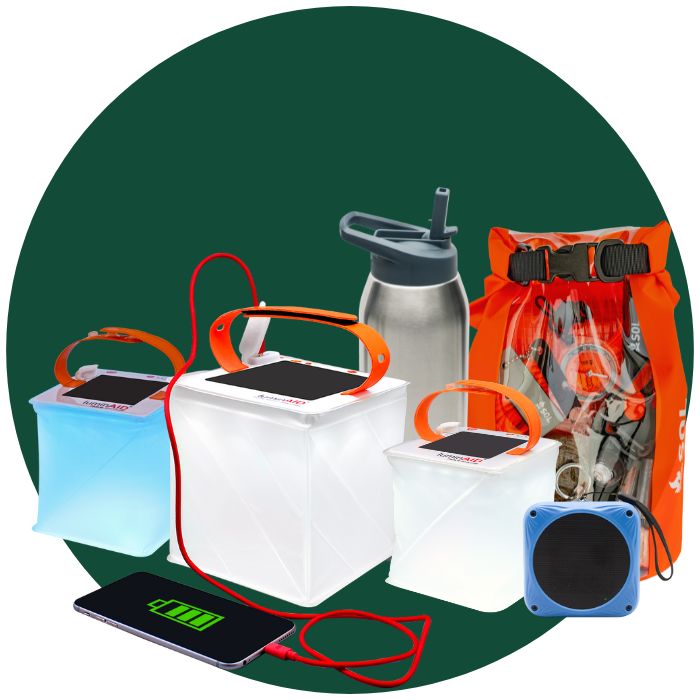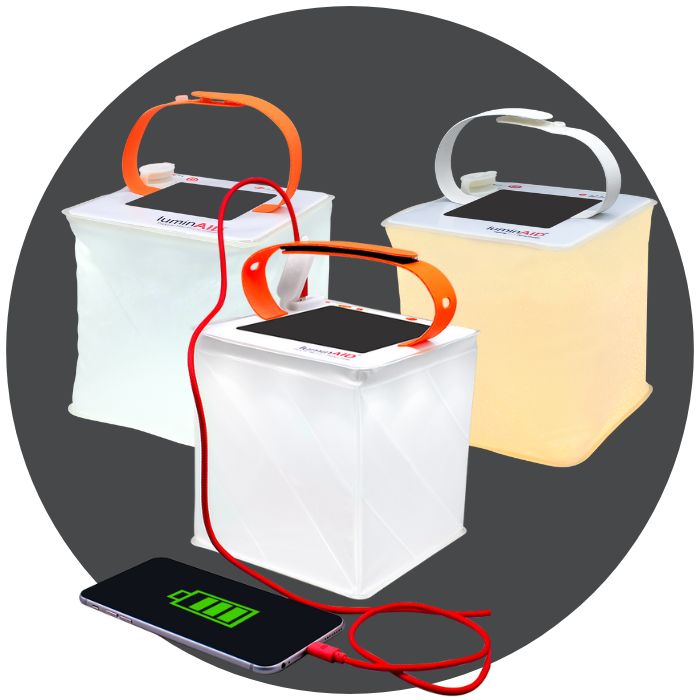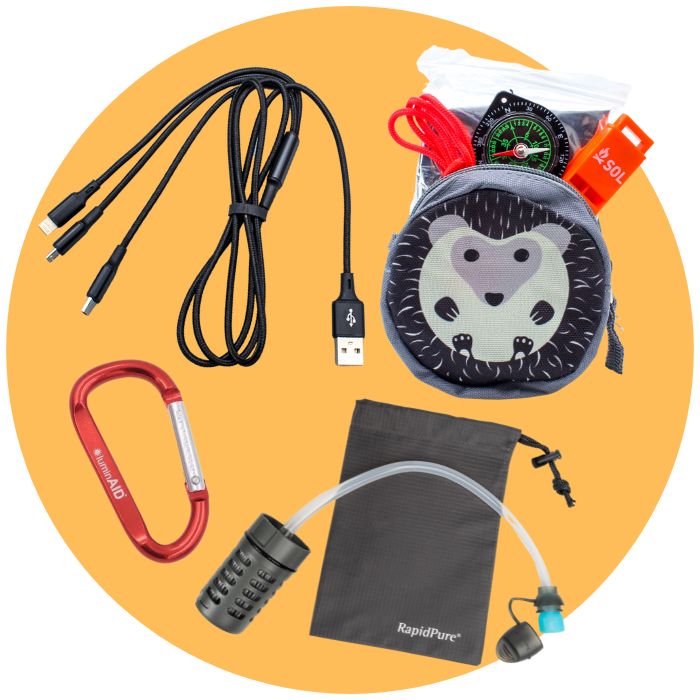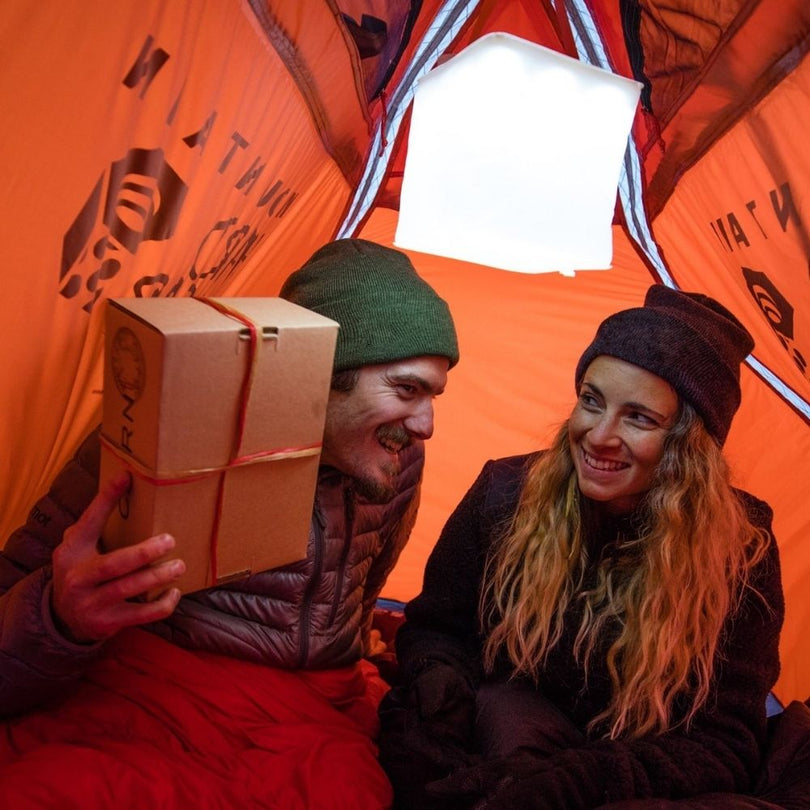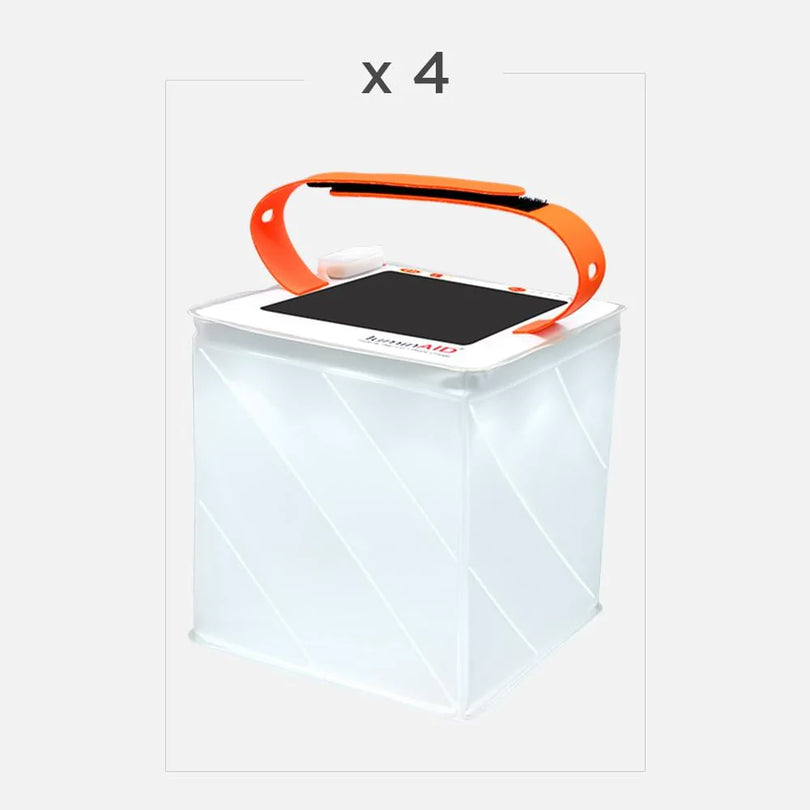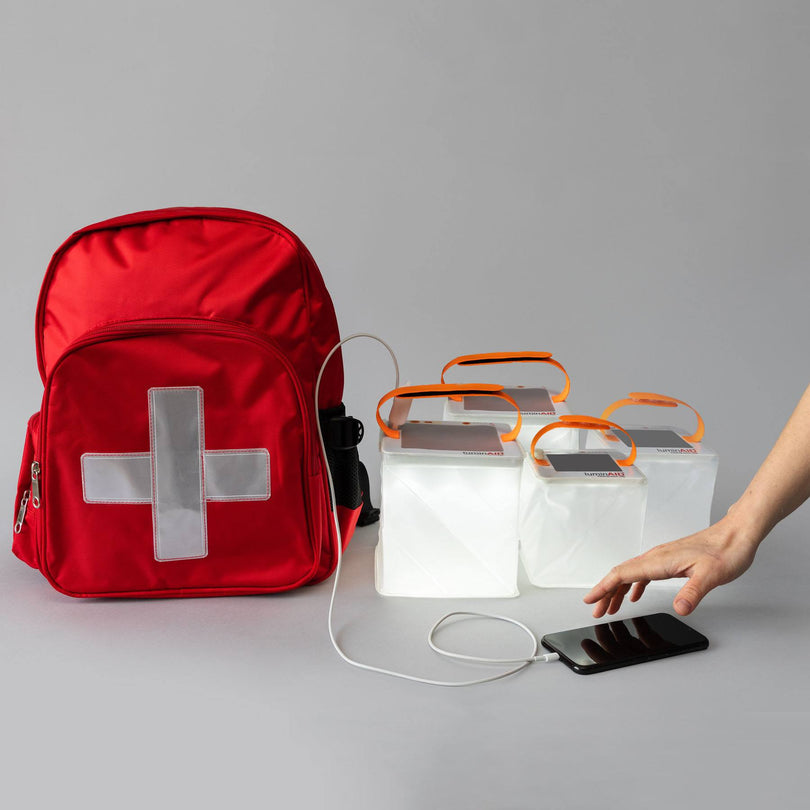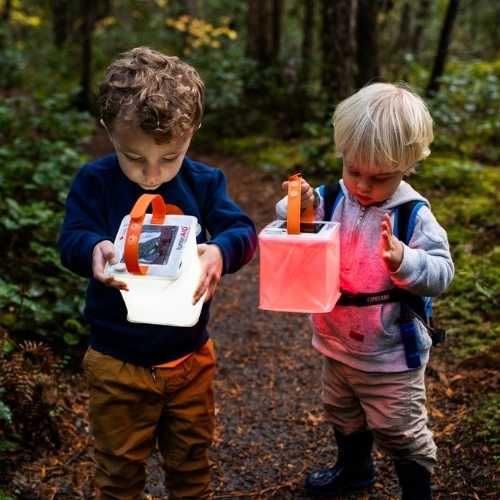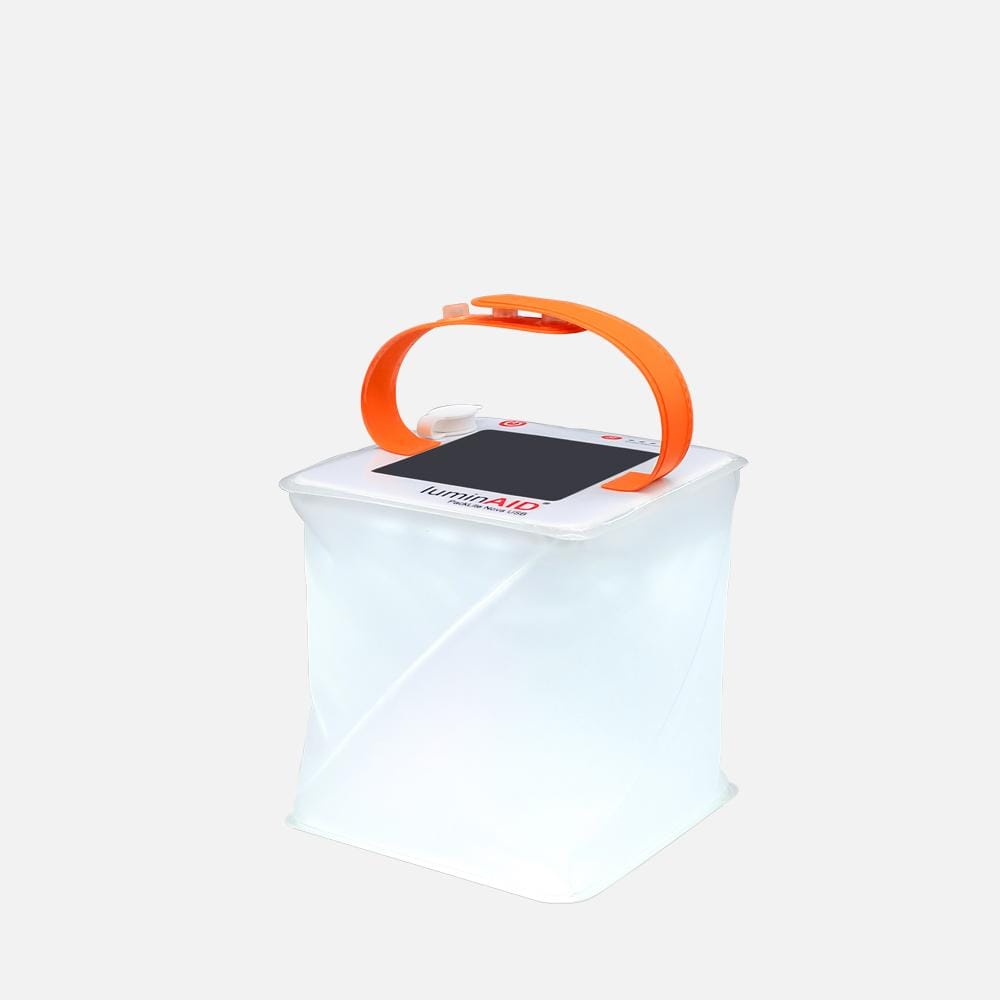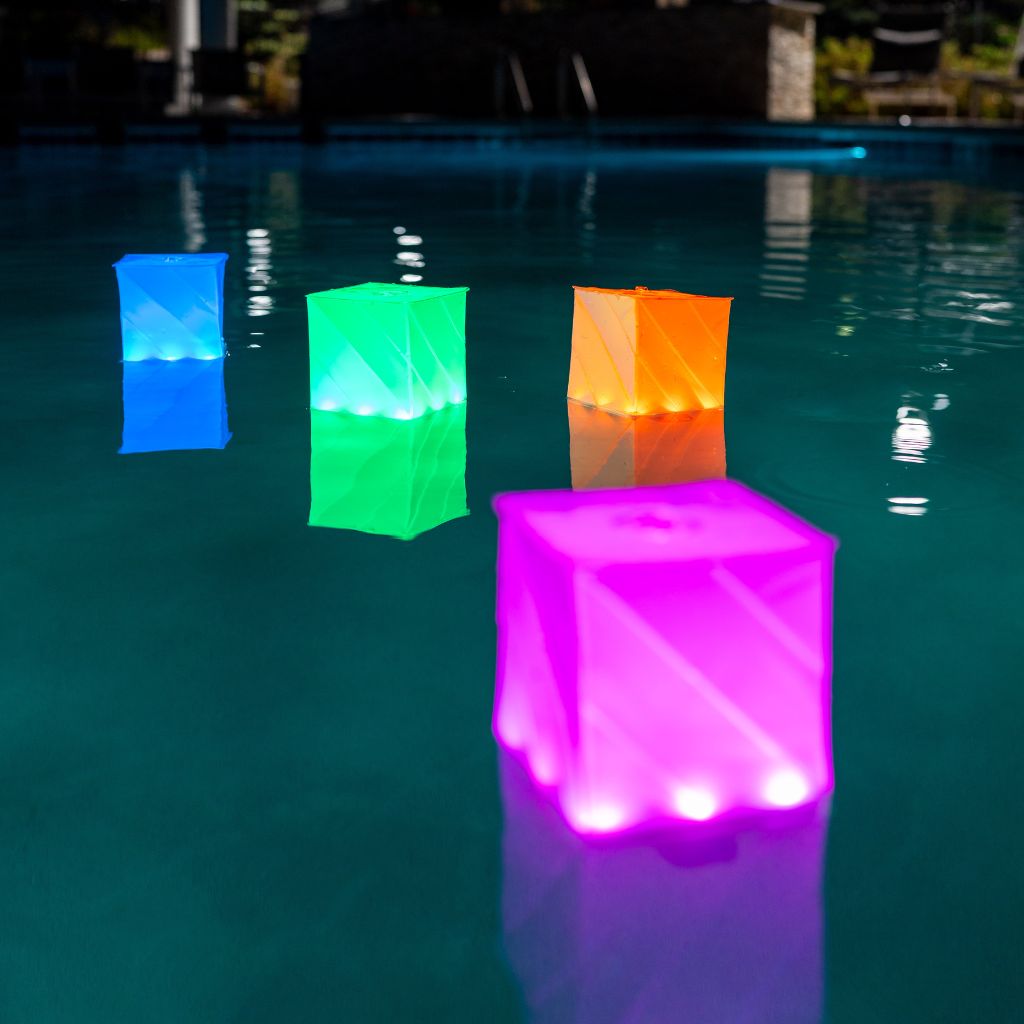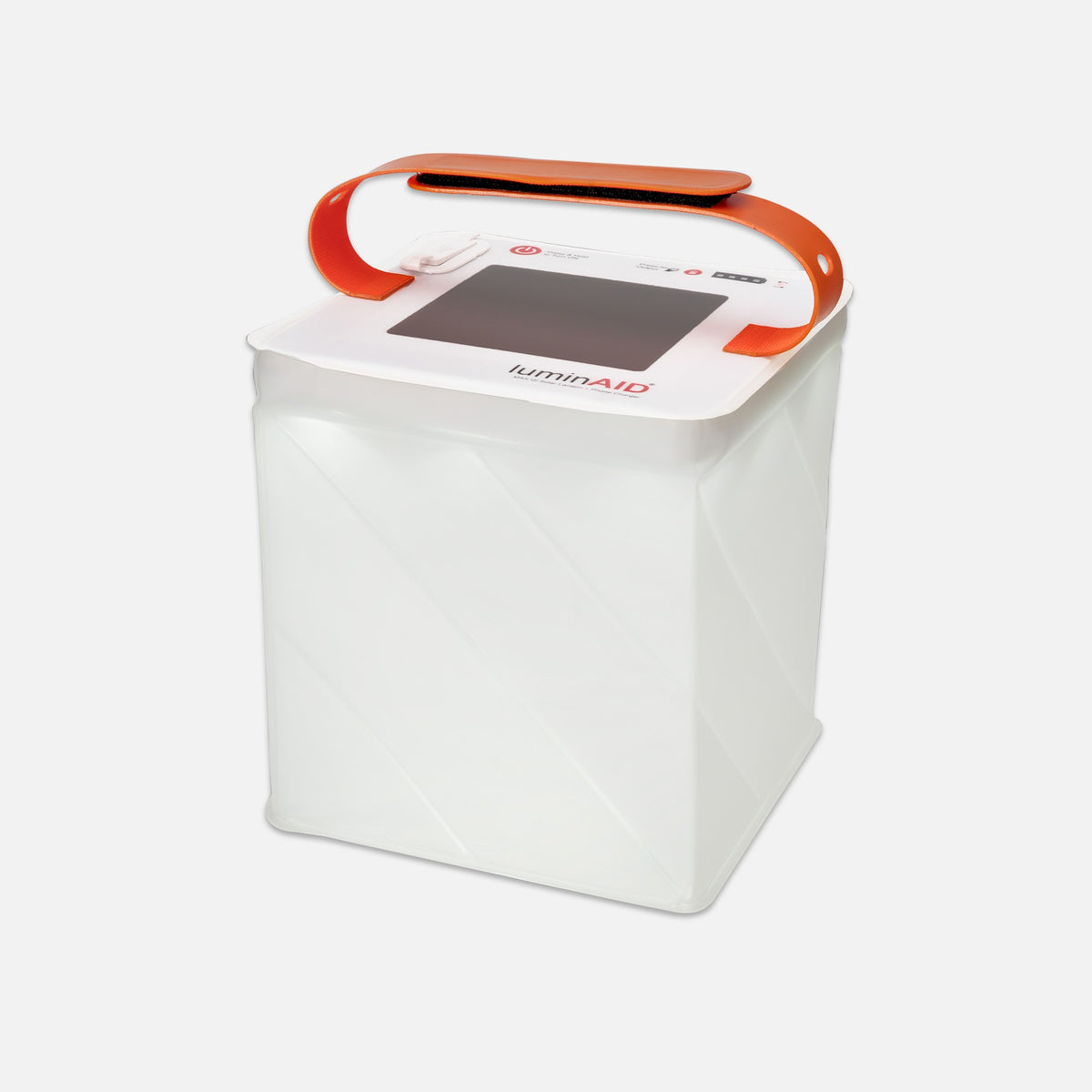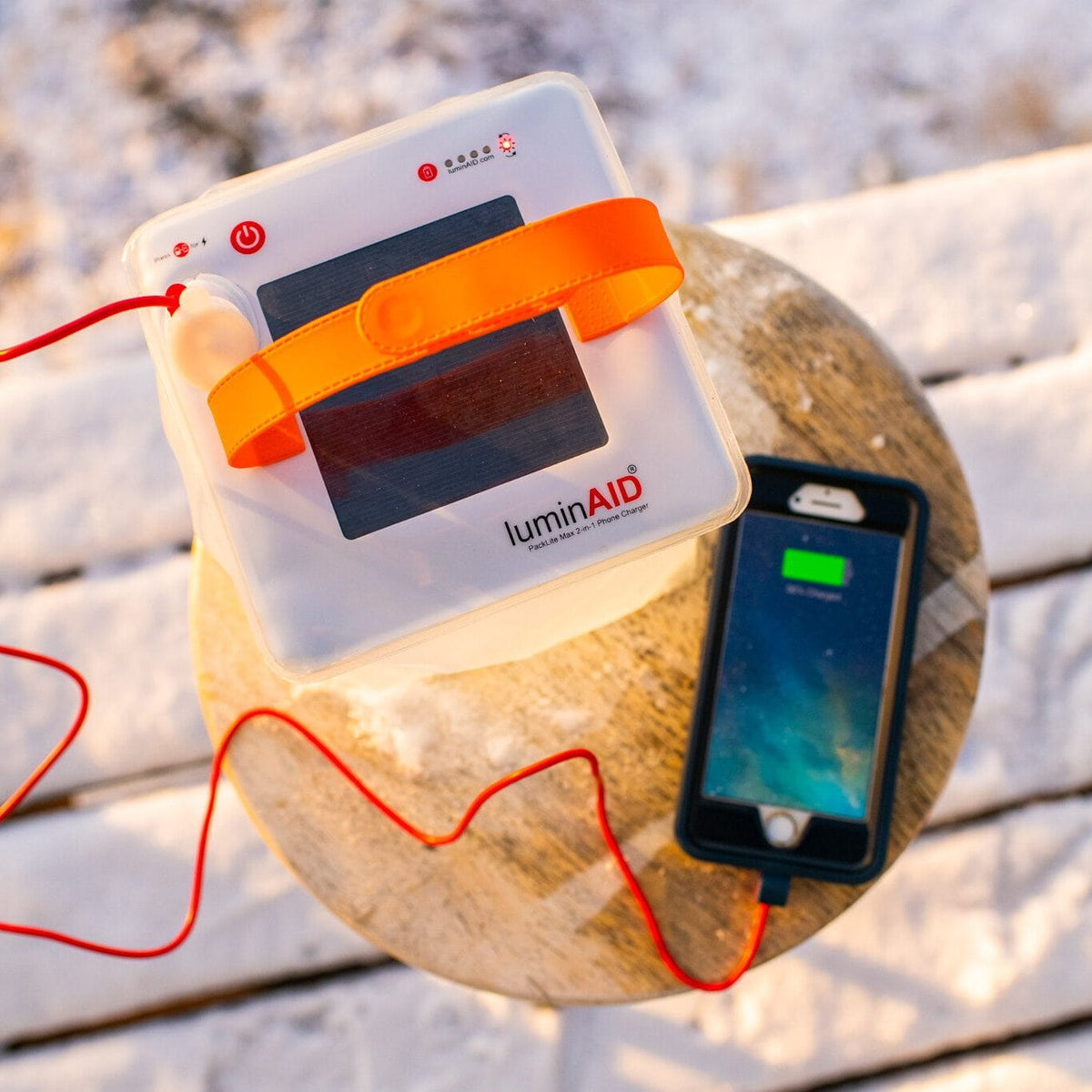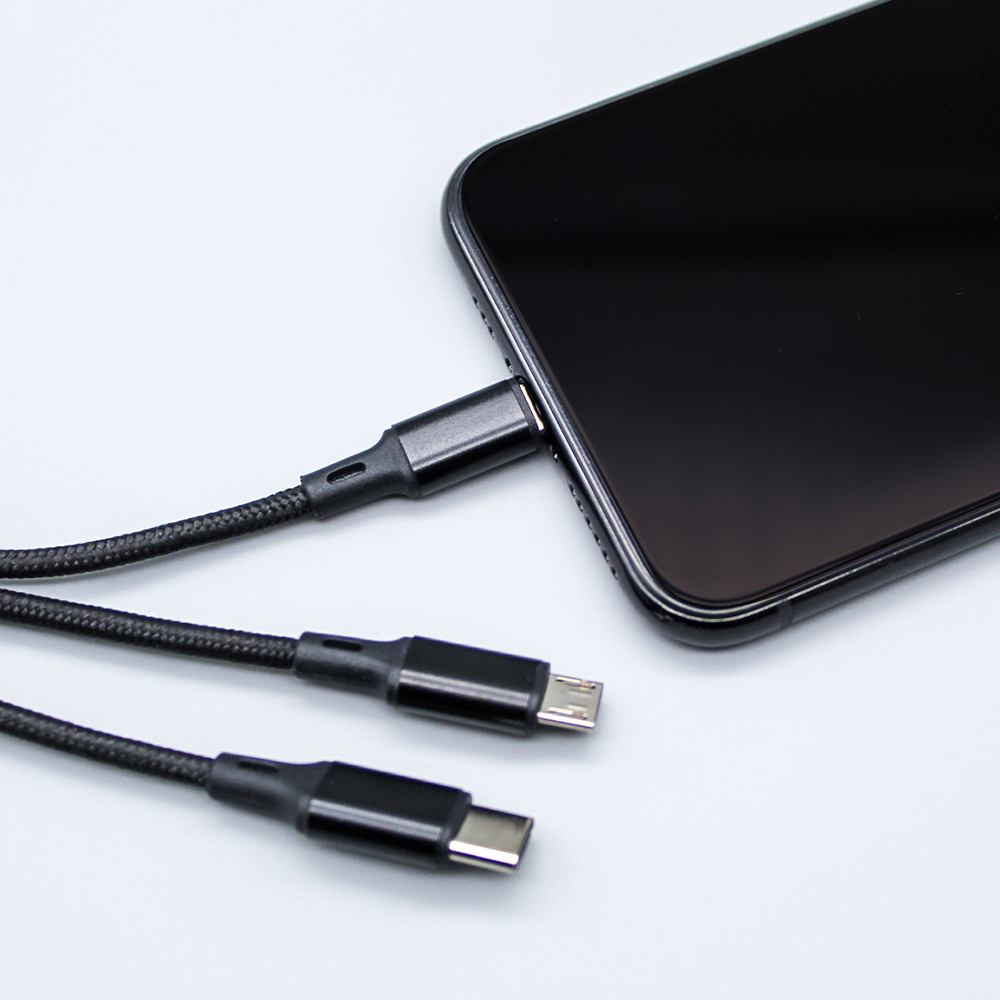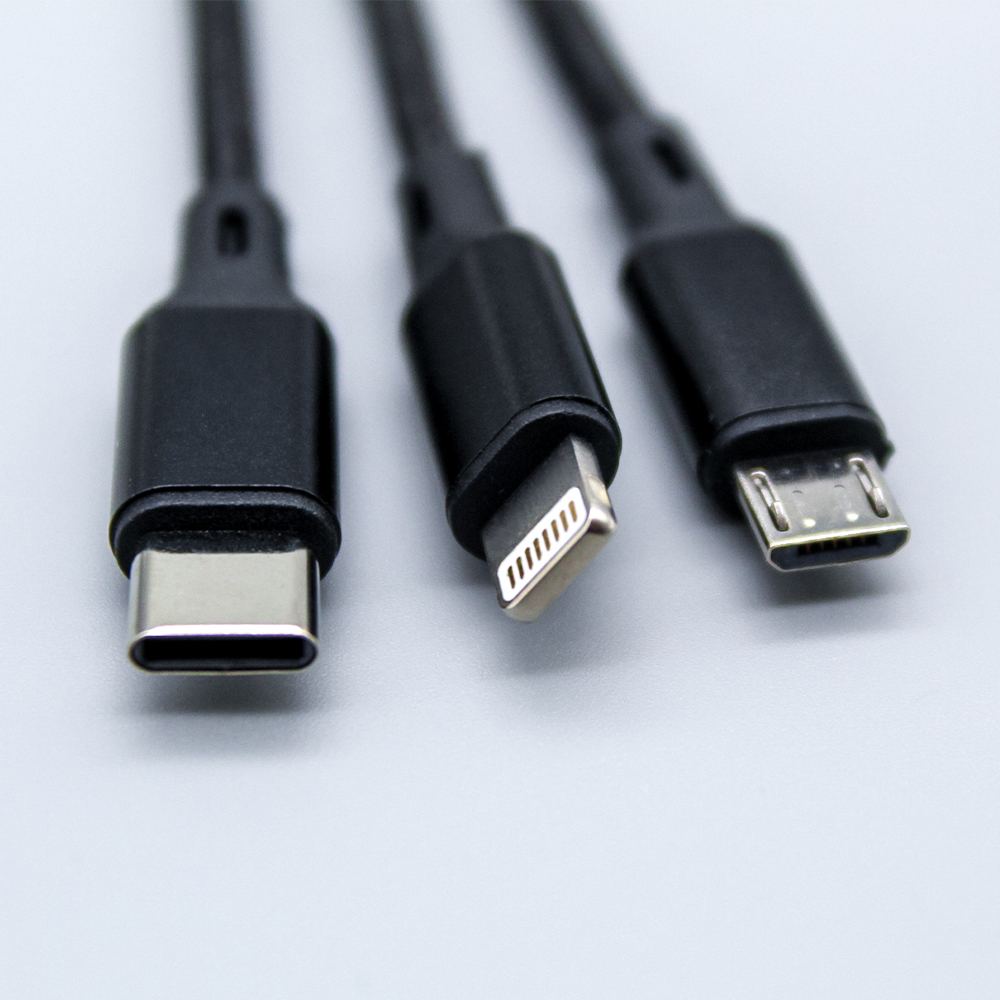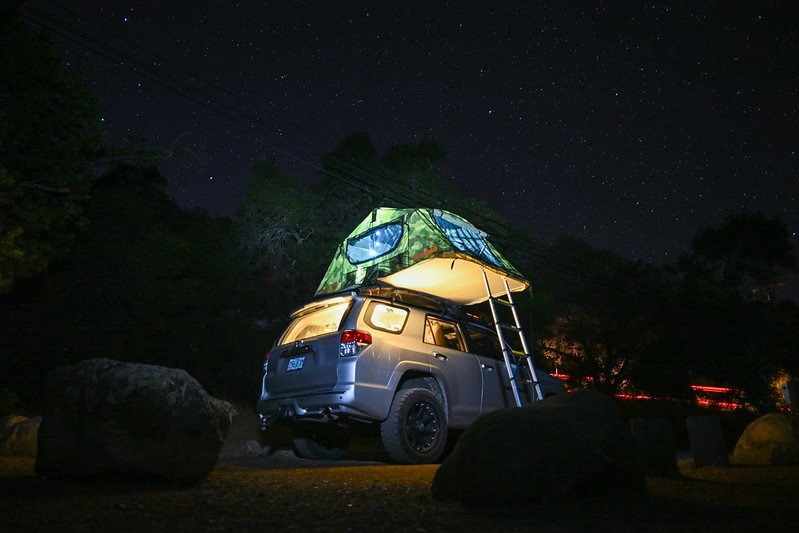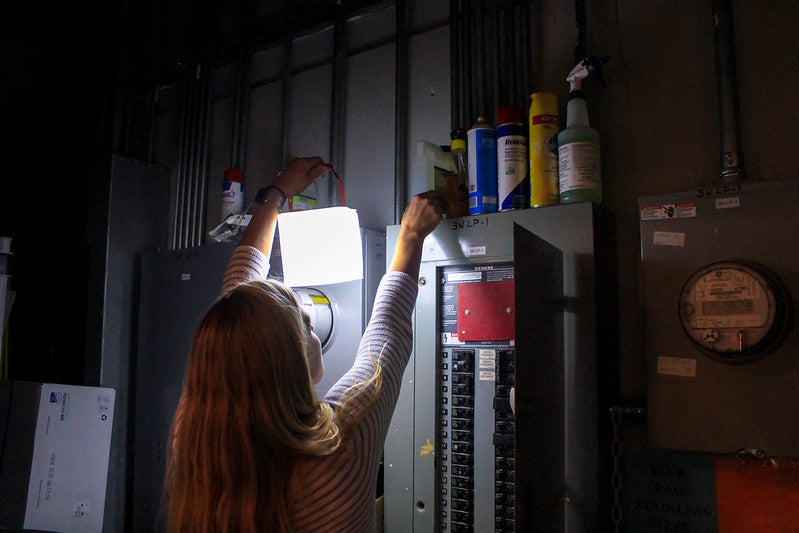While camping in the summer is bound to be amazing, it requires unique preparation. Spending days outside in scorching temperatures takes a toll on your body and supplies, so it’s important to take measures to mitigate the heat.
With a bit of extra knowledge and planning, you’ll be in no danger from the heat of your next summer camping destination, whether it be a national park or a hidden gem.

How to stay cool while camping
There are four ways to beat the heat during your camping trip.
- What you wear makes a big difference. Think about comfort and staying cool when planning what clothes to pack.
- Your tent needs to be breathable. If it doesn’t have proper ventilation, you’ll end up sleeping in stifling conditions.
- There are many ways to keep you and your family cool–make sure you know important cooling hacks.
- Stock up on summer camping essentials that will make your trip comfortable and keep you safe.
Summer camping outfit ideas

Light colored clothing
Light colored clothing reflects heat, which keeps your whole body cooler. If you can, only pack light colored clothes for your trip.
While you may want to steer clear of white clothing (it’s probably going to get dirty), gray and pastel colors also keep out the heat.
No dark clothing
Dark clothing absorbs heat and traps it under the fabric, which causes you to overheat quickly. If you can, avoid dark clothing when packing–though it hides dirt, patterned clothing does as well.
All-terrain shoes
All-terrain shoes are perfect for summer in the outdoors: they’re sturdy and protective, as well as breathable!
These shoes are built for both trails and water, so they’re fit for wherever your summer adventure takes you!
Flip-flops
Flip-flops are extremely breathable and a great shoe to wear around the campground or by the beach. They are waterproof and easy to slip on and off.
Remember to put sunscreen on your feet, since they’re not covered!
Waterproof jacket
If there’s any chance of rain in the forecast, this is a must-have. Summer rains can be sudden and intense, so keep your waterproof jacket on hand in case you’re hit with a storm.
Socks
Socks are important in the summer too–they prevent blisters and protect your feet from the elements.
Quick-drying socks are always the best choice–wool socks wick moisture and dry very quickly. They will also keep your feet very warm, but you can mitigate this by wearing them with breathable shoes.
If you want a more breathable fabric, cotton is a great option, but once it gets wet, it’s going to take a while to dry.
Shorts and pants
Bring along both shorts and pants: shorts are great for staying cool, but pants protect you from bugs and plants while hiking.
Opt for sturdy but lightweight fabrics that will not be damaged by dirt or strenuous activity.
Tank tops and long sleeve shirts
Tank tops and long sleeve shirts are also both necessary to pack. Tank tops keep you cool and allow unrestricted movement while long sleeve shirts protect you from bugs, branches, and sun.
Short sleeve shirts are a great alternative to tank tops that provide sun protection for your shoulders and back.
Opt for a moisture-wicking fabric: you’re going to be sweating a lot.
How to look stylish while camping
Camping style is all about utility. While you can dress for both function and fashion, it’s much more important to think about how your clothes will serve you while camping.
Not for fashion, but functionality.
Pack clothes that allow free movement and protect you from the elements.
Fabric is important here–polyester wicks moisture, but traps body odors. Cotton takes a while to dry, but smells better for longer. Wool wicks moisture and reduces body odor, but can trap heat.
Since you’ll likely face extreme temperatures, you’ll want to keep these factors in mind and bring a variety of fabrics.
It’s a great idea to bring clothes with pockets as well, so you can store valuables and camping tools on your person.
The right shoes are extremely important–make sure that every pair you pack is sturdy and supportive. Assume that every pair of shoes you bring is going to get dirty–don’t pack shoes that you want to keep pristine.
Here are some great outfit combinations to go camping in style.
- Great for a bike ride or a brisk hike: bike shorts, short sleeve shirt, windbreaker, gore-tex boots
- Great for a hike near the water: tank top, shorts, waterproof sneakers
- Great for off-trail hiking and repelling bugs: lightweight long-sleeve top, cargo pants, all-terrain shoes
These clothing guidelines also apply to summer camps, day hikes, and any other summer outdoor excursion!
How to stay cool in a tent

Set up your tent in the shade
Tents absorb and trap heat–if left in the sun, they’re going to be very hot inside! This is why you need to be strategic about where you set up your tent.
If you can, place your tent in a shaded area. You can also make a shady spot by bringing a canopy or stringing a tarp between trees.
Choose a tent with a lot of mesh
The breeze naturally keeps your tent cool, so choose a tent that is well-ventilated.
If your tent has a removable rain fly, take it down (as long as there’s absolutely no rain in the forecast). Though it protects your tent from the elements, it also traps heat.
Do not keep the doors of your text unzipped–this lets in bugs, which are always around in the summer. Instead, choose a tent that has mesh doors.
Get a portable fan
If your tent is still too warm, a portable fan is lifesaving. These fans are battery-powered and come in different sizes and speeds.
Make sure to bring extra batteries, and don’t leave your fan in the sun for too long to avoid heat damage.
Take down your tent during the day
If there’s no way to keep your tent in the shade, consider taking it down during the day.
This way, when you set it up later, there will be no hot air trapped inside–only cool evening air. Though this may seem like a hassle, it should only take an extra five or ten minutes. You don’t even have to fully pack up your tent, you just have to lay it flat to remove its air.
Sleep in a hammock
If your campsite is near trees, a hammock is a great sleeping choice that will stay much cooler than a tent. Even if you and your family are usually tent campers, hammocks are much easier to deal with in extreme heat, and can be very affordable.
Cooling hacks

Drink a lot of water
This tip is obvious, yet easy to forget. Water cools you down by allowing for sweat, the body’s thermoregulator, to be produced.
When you’re in the heat, your body requires a larger quantity of water–accounting for this, bring more water than you need on any outdoor excursion.
The American Hiking Society recommends that you drink a half liter of water per hour in “moderate temperatures and terrain.” Plan to drink a bit more than this depending on the severity of the heat.
Remember to drink water before you feel thirsty, and avoid excess dehydrants, like alcohol and energy drinks.
Soak a towel and put it on your forehead or neck
This is a great way to cool off quickly–wet a towel with cold water and hold it on your head or neck.
If you’re having trouble sleeping, this is a lifesaver. It helps lower your body temperature to make you as comfortable as possible.
You can even use a towel that is specially designed to keep your neck cool. This could be a great camping gift for a loved one!
Though a cold shower may sound appealing, this method is more effective at keeping you cooler for longer.
Keep your food cold and eat it cold
Cooking with a stove exposes you to excess heat and eating hot food only makes you warmer.
In extremely hot weather, it’s a good idea to prepare cold meals for camping. Keep your food cool using a large cooler with ice blocks.
To make your food stay cold for longer, freeze it before putting it in the cooler, and do not open the cooler unless it is absolutely necessary.
Check out our list of cold/no-cook meal ideas here.
Have cooling pads for your pets
Your pets need to stay cool too! A cooling pad is a necessity for your furry friend–household pets can’t sweat, and it can be much harder for them to regulate their temperature.
To ensure their comfort during your trip, set their cooling pad in the shade. Be sure to provide your pet with more than enough water, and plan your trip to be near a lake or river in which they can cool off.
Have a cooling blanket
Ditch your sleeping bag for a cooling blanket. They absorb the heat from your body instead of trapping it, which will keep you comfortable on a hot night.
Pack jugs of frozen water
Freeze your water so it stays cooler for longer. Frozen drinking water can also be used in a pinch to keep perishable foods cold, and as an ice pack or cooling tool.
Summer camping essentials
Are you ready for your summer camping adventure? Make sure you have included these below in your pack.
Sun protection
When camping in the summer, sun protection is a must. Bring more than enough sunscreen, preferably waterproof. Sunglasses and sun hats are also important to protect your eyes and face.
In the event that you get burned, bring along aloe vera gel. This soothes your skin and shortens burn recovery time.
First aid kit
Bring a fully stocked first aid kit to treat any minor injuries that may occur. Be sure to familiarize yourself and your family members with the use of each item in the kit. This is an important piece of camping gear to bring on any trip.

Insect repellent
Bugs are most prevalent in the summer, so be sure to apply insect repellent every day.
For skin
Applying insect repellent to your skin is the most effective way to repel bugs. Remember to reapply periodically throughout the day for maximum protection.
For fabric
There are specific fabric-safe insect repellents that you can also use. These don’t need to be reapplied as much, but they provide less protection to exposed skin and are only ideal if you are wearing clothing that covers your whole body.
Treating bites
No matter how many precautions you take, you’re bound to get bitten a few times. Keep an itch relief medication on hand to make your camping experience a lot more comfortable!
Reliable source of light
Though the days are long, you will need a reliable source of light for early mornings and late nights. LuminAID’s lanterns are the perfect choice. Their power lanterns are bright, have a 100-hour battery life, and recharge in the sun.
They also double as a phone charger, so you never have to worry about running out of battery on a long trip. Additionally, they are durable, lightweight, and long-lasting!

Tent repair kit
Heat increases the likelihood of a rip in your tent, so be sure to bring a tent repair kit on your trip. Check your tent for damage every day–a rip lets bugs and heat in!
FAQs
Let’s finish our story with the answers to the most common questions that summer campers have.
What temperature is too hot for camping?
The National Weather Service labels the temperature range of 90 -110 degrees Fahrenheit as “extreme caution.”
Only experienced campers should be out in these temperatures, but it is better to avoid them altogether–you are at risk of severe sunburn and heatstroke.
Any temperature above 110 degrees Fahrenheit is dangerous and too hot for camping.
Is summer a good time for camping?
Summer is a wonderful time to camp! Like any season, it brings unique challenges that you must plan around, but they are well worth the quality time you will spend outside.
If you are camping near a body of water, swimming is a large benefit of summer camping, and a great way to cool off!
Is it safe to camp in the heat?
Yes, as long as you diligently follow precautions. Camping in the heat requires a lot more attention to yourself, others, and your supplies. If you are willing to uphold and monitor safety practices, your camping trip will be safe and successful!
Final thoughts
Summer camping trips are a blast, but be sure to prepare for the heat!
The more thought you put into staying cool, the more comfortable and safe you’ll be on your trip.
Pay close attention to the weather forecast, and plan accordingly for your sun exposure and water intake. Don’t take any risks with extreme heat–it’s always better to be safe and reschedule.
As long as you protect yourself from summer’s hazards, you’ll be ready to make some great memories on your next summer camping trip!

